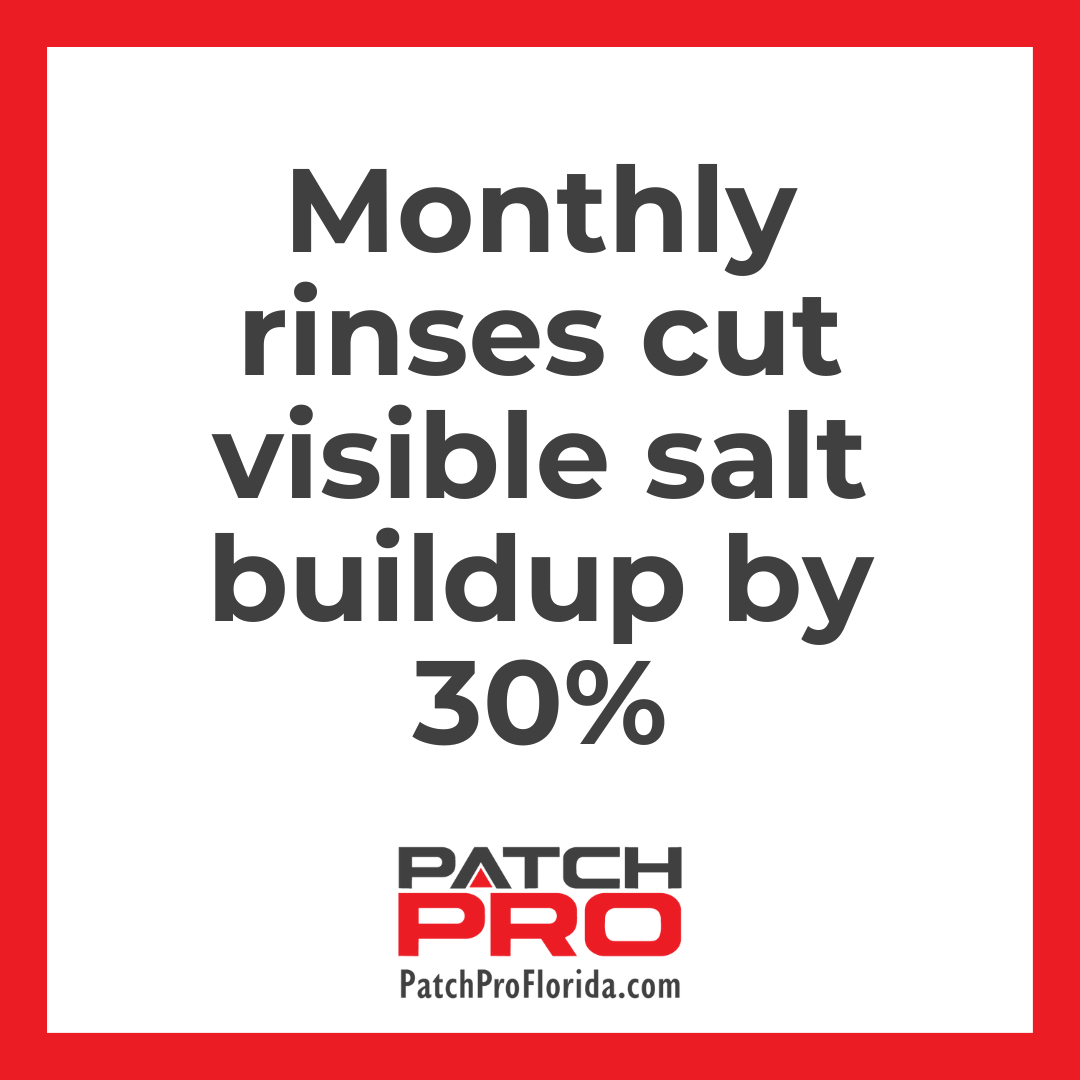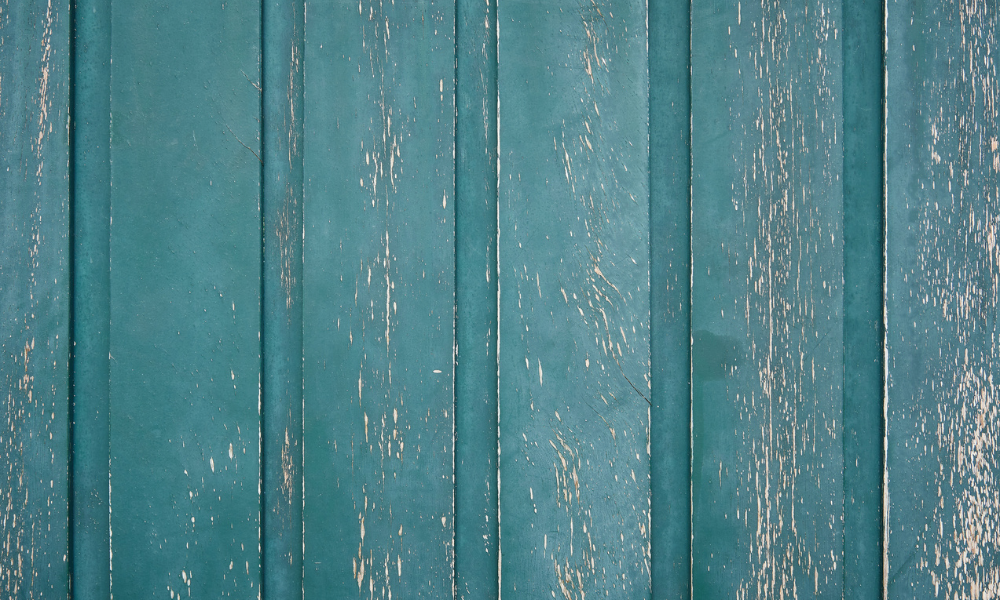Living on the coast means trading inland problems for salt air corrosion. That ocean breeze carries microscopic salt particles that cling to surfaces. Over time, those crystals attract moisture and eat away at metal, paint, and trim.
Home exteriors, especially near the shore, suffer silently unless homeowners act. The cost of corrosion isn’t small. Globally, it tops $2.5 trillion each year, a drag on infrastructure and homes alike. In the United States alone, unchecked corrosion costs hundreds of billions annually—about $276 billion in direct expenses.
Florida’s humid, salty climate accelerates that wear, and coastal metal roofs may corrode up to four times faster than inland counterparts. Fortunately, many of those costs fade with innovative prevention; experts estimate corrosion control can cut damage expenses by 15–35%.
Understand the Threat First
Salt doesn’t just affect beachfront houses. Ocean winds push salty air several miles inland, putting more homes at risk than residents realize.
Rhino Roofing. Once salt particles settle, they draw humidity, creating a damp microenvironment that worsens the breakdown of coatings and metals. Left alone, small areas of damage spread, leading to peeling paint, rust streaks, and weakened fasteners.
If you skip preventive care, expect more frequent repainting, gutter replacement, and even structural repairs. That chip of corrosion on a railing can evolve into a replacement project costing far more than routine upkeep. The good news is that proactive steps can slow or stop this cycle.
Routine Freshwater Rinses
 One of the simplest hacks is to rinse down exposed surfaces with fresh water regularly. Salt buildup often goes unseen until it degrades finishes. A monthly hose-down removes residues before they harden and trap moisture. Focus on railings, gutters, window sills, and decorative metalwork. A survey of Florida coastal property managers found that monthly rinsing reduced visible salt accumulation by about 30%, delaying repainting and metal replacement.
One of the simplest hacks is to rinse down exposed surfaces with fresh water regularly. Salt buildup often goes unseen until it degrades finishes. A monthly hose-down removes residues before they harden and trap moisture. Focus on railings, gutters, window sills, and decorative metalwork. A survey of Florida coastal property managers found that monthly rinsing reduced visible salt accumulation by about 30%, delaying repainting and metal replacement.
Use a soft sprayer or low-pressure nozzle to avoid damaging coatings. Avoid harsh cleaners that strip protective paints; plain water does most of the job. After rinsing, let surfaces dry thoroughly in the sun. Drying stops moisture retention that fuels corrosion. If salt layers have baked on, soak briefly, then rinse again to loosen deposits. Keeping a simple maintenance log helps track cleanings and catch growing problems early.
Choose the Right Materials
Not all metals are equal under salt attack. Stainless steel, aluminum, and certain coated metals resist corrosion far better than untreated steel or iron. Pick fasteners, trim, and hardware labeled for coastal use. Those minor upgrades pay off by lasting years longer and reducing replacement cycles.
Synthetic siding materials like vinyl, fiberglass, or PVC also outperform wood in salty environments. They don’t absorb moisture and resist the discoloration that salt spray causes. When replacing trim or fixtures, lean toward these low-maintenance choices for long-term peace of mind.
Acentria
Protective Coatings and Sealants
Applying quality protective coatings adds a strong barrier between salt air and vulnerable surfaces. Marine-grade paints, zinc-rich primers, and epoxy sealants slow corrosion dramatically. Repainting a coastal exterior every few years acts like reapplying sunscreen; it refreshes the shield and prevents breakdown.
Don’t skip edges, seams, and fastener heads—these areas trap salt and moisture. Seal gaps with appropriate caulk or coastal-rated sealants, keeping water from penetrating beneath finishes. For metal components, consider sacrificial coatings or even small anodes in especially aggressive locations.
Maintain Gutters and Drainage
Clogged gutters accumulate salt, debris, and standing moisture. That mix accelerates rot in fascia boards and corrodes hidden brackets. Clean gutters at least twice a year and flush them after major storms. Install guards to reduce buildup, and inspect seams for early rust or loosening.
Proper drainage also steers water away from foundation trim and lower-level siding. You’ll avoid trapped saltwater and minimize the recurring wet-dry cycle that stresses materials.
Upgrade Windows and Doors
Salt residue builds on glass and frames, leading to pitting and finish degradation. Clean windows with mild soap and water frequently, especially on windward sides. Rinse frames and tracks, then dry them to prevent trapped salt from corroding hardware.
Weatherstrip and seal doors to keep humidity from creeping into gaps. Choose coastal-rated hardware—hinges and locks with corrosion-resistant finishes—to avoid seized or rusted mechanisms.
Regular Inspections
Set a schedule to walk your exterior once a season. Look for bubbling paint, rust streaks, flaking trim, and loose fixtures. Early detection makes repairs quick and inexpensive. Catching a small pit before it becomes a hole saves considerable time and money.
Document problem spots with photos. That helps track progression and shows whether previous fixes held up. When in doubt, bring in a local exterior or maintenance pro for a focused assessment.
Combine Strategies for Real Savings
Using just one tactic helps, but combining several brings the best results. Pair freshwater rinses with quality coatings, material upgrades, and tight sealing. Those stacked defenses reduce corrosion exposure and delay major overhauls.
In coastal climates, innovative prevention keeps exteriors looking fresh and cuts repair demand. Evidence shows that applying corrosion prevention tactics saves up to a third of expected long-term damage costs. Consistent care also preserves resale value and spares Florida homeowners surprise bills during hurricane season or storm recovery.
Protecting Your Coastal Home
Living near the water brings lifestyle perks, but salt air demands respect. Treat exterior maintenance like regular dentist visits—skip it, and problems grow. With a few annual rituals and smart material choices, you stall corrosion and extend curb appeal. After significant storms, do a quick walk-around to rinse salt buildup, check seals, and note any early discoloration. Keep a simple log of rinses, coating reapplications, and minor fixes so you spot trends before they worsen and know when to refresh protection.
If corrosion signs appear despite your efforts, call a professional. They can apply industrial-grade coatings, replace compromised components, and tailor solutions to your microclimate and exposure. A trained technician also uncovers hidden damage, recommends longer-lasting materials, and often offers preventative maintenance plans or warranties. Acting early keeps your coastal home in top shape and your wallet happier, avoiding emergency overhauls and preserving resale value.



You must be logged in to post a comment.